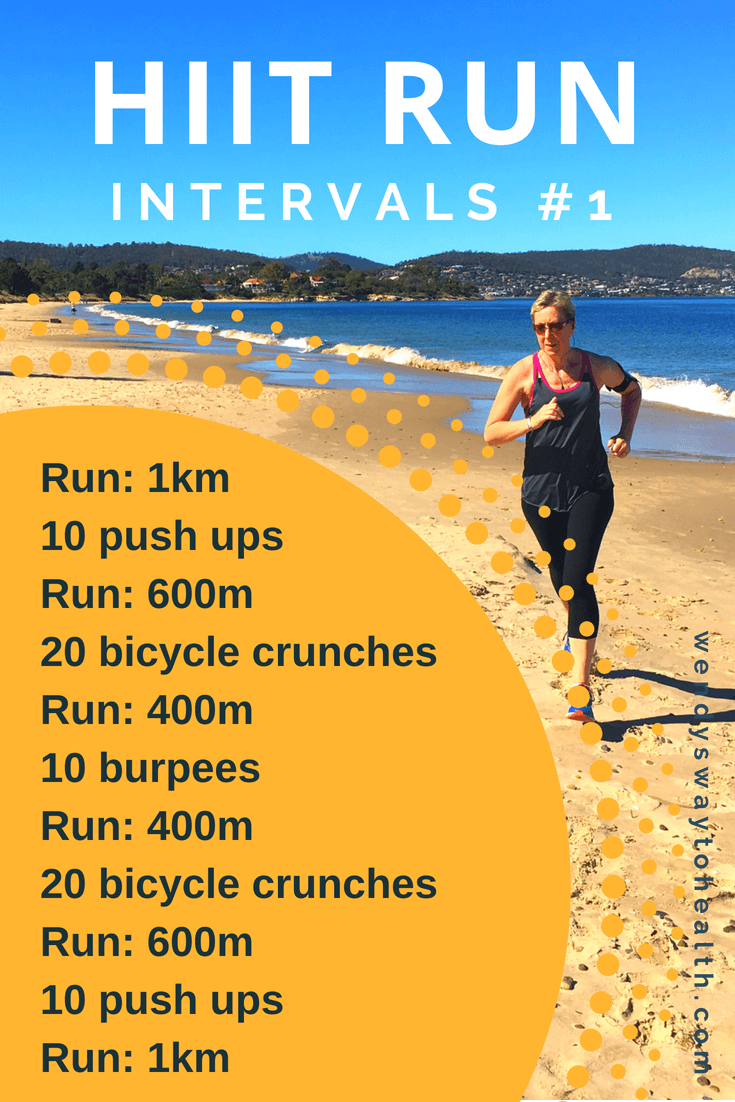Running Workout Tips: Enhance Your Performance Today
Running Workout Tips: Enhance Your Performance Today
Blog Article
Getting Over Pain in Running: Approaches and Strategies That Job
Discomfort is an usual friend for several joggers, often acting as a barrier to achieving their desired objectives. With the right strategies and strategies, it is feasible to get rid of and even avoid the discomfort connected with running. By discovering numerous approaches such as comprehending the various types of running discomfort, maximizing footwear and form, including cross-training and toughness exercises, executing efficient recovery methods, and keeping appropriate nutrition and hydration, joggers can potentially reduce their discomfort and improve their overall running experience.
Recognizing Various Kinds Of Running Discomfort

One more kind of running discomfort is joint pain, which can materialize as a sharp or throbbing pain in locations such as the knees, hips, or ankles (running workout). Joint discomfort may be brought on by variables like incorrect running form, overuse, or underlying problems like arthritis (try this). It is essential to differentiate between muscle mass soreness and joint discomfort, as the latter might require medical interest to stop further injury
Understanding the different kinds of running pain is essential for effective management and prevention strategies to make certain a secure and enjoyable running experience.
Proper Shoes and Running Kind
To maximize efficiency and reduce the threat of running-related injuries, choosing appropriate shoes and maintaining correct running type are essential parts for runners of all degrees. It is recommended to select running shoes that are specifically created for the person's foot type, running stride, and the type of running task they engage in.

Cross-Training and Toughness Workouts
Involving in cross-training and incorporating strength exercises more tips here into a running routine can substantially boost total efficiency and lower the likelihood of injuries. Cross-training, such as cycling or swimming, helps improve cardio fitness while giving running muscles a break from repetitive impact. It additionally helps reinforce various muscular tissue teams, bring about far better general body conditioning. Stamina exercises, like squats, lunges, and core workouts, play an important role in stabilizing muscles and boosting running performance. They can deal with muscle imbalances, improve agility, and boost power result, every one of which are necessary for running performance.
Incorporating cross-training and stamina workouts right into a running program must be done tactically. It is very important to permit for appropriate rest in between running sessions and cross-training activities to protect against overuse injuries. Furthermore, focusing on correct form and strategy during toughness exercises is vital to maximizing their advantages and decreasing the threat of injury. By integrating these elements into a running regimen, runners can construct a stronger structure, improve performance, and appreciate a much more lasting running experience.
Recovery and Relax Techniques
Having actually developed the significance of cross-training and toughness exercises in a thorough running routine, interest can currently be guided in the direction of Recovery and Rest Strategies as essential parts for optimizing performance and decreasing the threat of injuries. (running strategy)
Recuperation after running is important for muscular tissue repair service and growth. Strategies such as foam rolling, stretching, and massage assistance in reducing muscle discomfort and boosting flexibility. Sufficient remainder in between runs permits the body to recover and adapt to the physical anxiety, preventing overuse injuries.
Incorporating active healing days right into a training timetable, where low-intensity tasks like walking or cycling are carried out, can improve blood flow and advertise recovery without placing excess pressure on the muscular tissues. Additionally, proper hydration and nutrition play a crucial function in the recuperation procedure by restoring shed liquids and nutrients.
Quality rest is an additional essential aspect of recovery that should not be neglected. During sleep, the body undergoes repair and regeneration processes, contributing to overall physical and psychological health. By focusing on recuperation and remainder methods, runners can preserve ideal performance levels and reduce the likelihood of experiencing discomfort or injuries.
Nourishment and Hydration for Runners
Carbohydrates supply energy for running, while proteins help in muscular tissue repair work and recuperation. Adequate hydration is likewise crucial to maintain ideal efficiency, as also mild dehydration can negatively influence running efficiency. Additionally, timing meals and treats suitably before runs can help stop stomach discomfort and offer the needed power for peak efficiency.
Conclusion
Finally, by comprehending the numerous sorts of running pain, wearing appropriate footwear, preserving correct running form, incorporating cross-training and stamina exercises, focusing on healing and remainder, and concentrating on nourishment and hydration, joggers can properly overcome pain and improve their performance. Implementing these techniques and techniques can assist runners avoid injuries, improve their endurance, and eventually take pleasure in a much more satisfying running experience.
Report this page